8. Pan’s Labyrinth (2006)
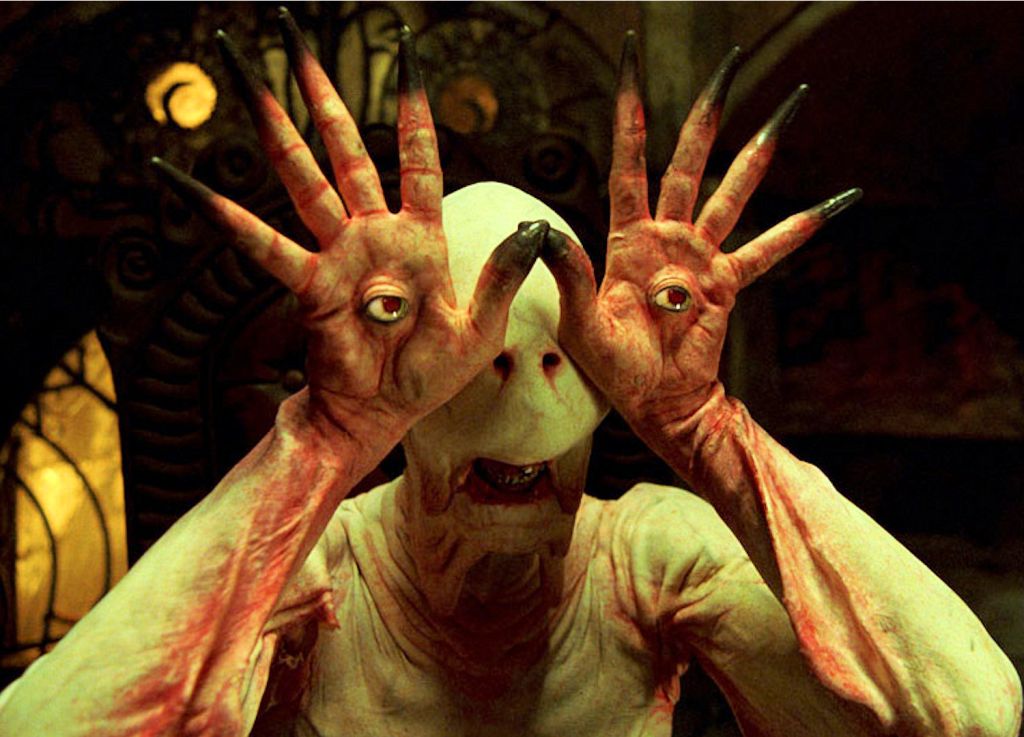
Mexico’s Guillermo del Toro is a veritable master of the macabre and his deeply personal dark fantasy coup de grâce from 2006, Pan’s Labyrinth is a sublime and stunningly beautiful masterpiece. Set in Spain in 1944 we meet young Ofelia (Ivana Baquero) and her mother Carmen (Ariadna Gil), who is pregnant and whose health is diminishing.
The two women have just relocated to be with Carmen’s new husband, the sadistic army officer Captain Vidal (Sergi López). Ofelia takes an instant dislike to the Captain and soon finds distraction in an ancient maze where she encounters the mysterious and otherworldly faun, Pan (Doug Jones). Pan tells Ofelia of her forgotten lineage as the lost Princess Moanna and how she must perform three potentially deadly tasks in order to reclaim her throne and the immortality that goes along with it.
Epic in scope, with a poetic Dickensian influence, tangible excitation, a fabulist, fairytale-like cognizance––Alice in Wonderland is another obvious inspiration––making for an elegant flight of the imagination. But make no mistake, this is no children’s movie.
The violence of the real world around Ofelia is terrifying and extreme, but del Toro, while never sugarcoating anything or Disney-fying his creations still imbues the film with a sense of wonder, danger, artistic ambition, and compelling, tragic, astounding poignancy. Not for the faint of heart no, but for the strong of imagination and for the deeply adventurous and bravely devout. Pan’s Labyrinth is a beautiful and terrifying place to get lost in.
7. Under the Skin (2013)
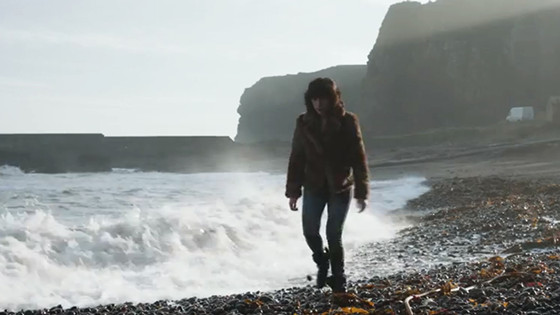
Jonathan Glazer’s Under the Skin combines the formal grace of Kubrick with the carefully composed sensibilities of Claire Denis resulting in an ambitious arthouse horror film of transcendent, jaw-dropping, and admittedly polarizing power.
Based off of Michel Faber’s 2000 sci-fi novel, Glazer’s tour de force film stars Scarlett Johansson as the ultimate voyeur, a fierce female extraterrestrial who hunts men. Seducing working-class blokes at random, she lures them into her alien lair with terrifying and deeply troubling results. Her motives remain unclear in what amounts to an unaffected nightmare.
Mica Levi’s score adds heft to Glazer’s artfully arranged visual compositions, culminating in a third act extravaganza of upset and intrigue.
An elaborate subterfuge of a film, ethereal and arty all the way, it’s an unnerving, unpredictable, and sense-rattling experience that will alternately haunt and reward the viewer for days afterwards. Under the Skin does just what its provocative title promises, make no mistake.
6. Blood and Black Lace (1964)
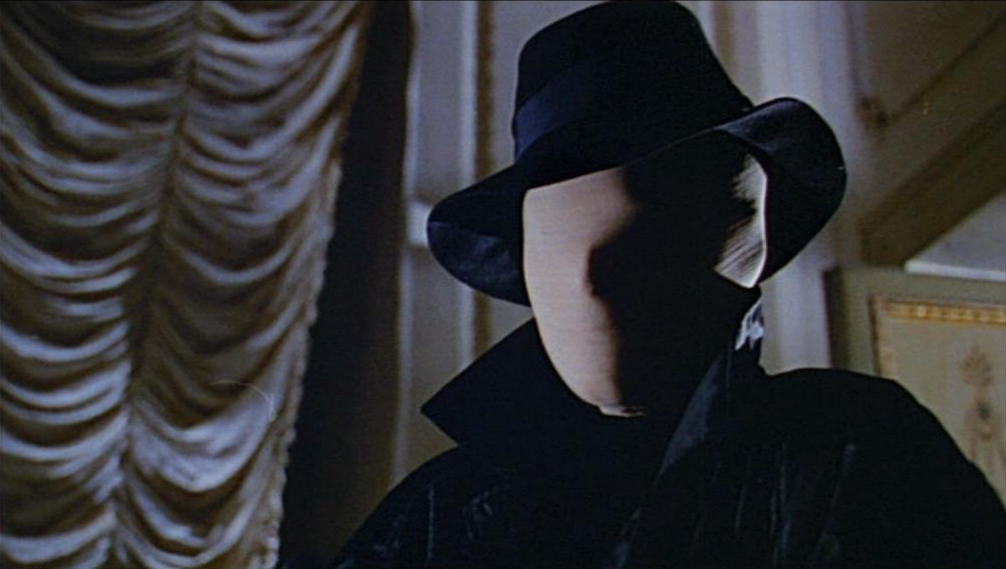
One of the linchpins in the Golden Age of Italian horror, Mario Bava’s Blood and Black Lace is more than just a proto-slasher horror thriller, it’s also one of the most influential and gob-smackingly gorgeous giallo films ever made.
The spare plot, which take the backseat to the often overpowering visuals on proud display, involves a masked man with a metal-claw glove who stalks models at an upscale fashion salon in fashion salon in Rome. Max (Cameron Mitchell) and Christina Marian (Eva Bartok) are the fashionistas targeted by the killer, who fear a potential scandal, and there’s the atypical police investigators––often totally useless in giallo films––after the killer but not getting anywhere fast.
Of course the real draw to Blood and Black Lace, and what makes it such an entertaining thrill ride, is the detail, design, and carefully constructed complexity, elaborate death scenes, and kaleidoscopic color that Bava brings to the table. Gruesomely stylish, abundant and often overpowering washes of lurid color, an ever-roving camera and crazily choreographed carnage makes for a beautiful, baffling, and innovative storm of imagery, décor, and garishly gruesome style.
5. Psycho (1960)
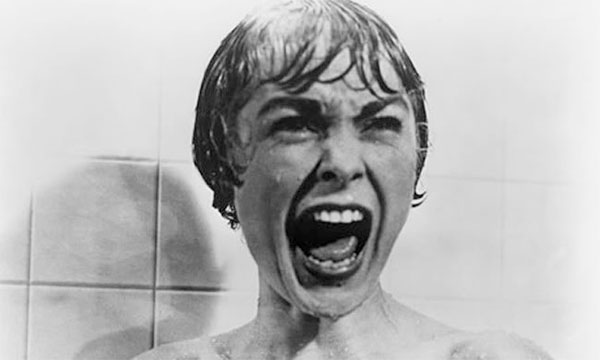
Perhaps the most influential horror film ever made, Alfred Hitchcock’s Psycho is also one of the most visually arresting and artistically satisfying of fright flicks. The Bates house, for instance, which overlooks the hotel, was inspired by Edward Hopper’s Americana-obsessed paintings, and this adds to the subconscious terror of this nerve-shredding masterwork.
Marion Crane (Janet Leigh) is a morally questionable heroine on the run who makes an ill-advised and totally fluke stop at the Bates Motel as she’s trying to get clear with $40,000 in stolen cash. Soon she’s having a jaw session with the good-natured Norman Bates (Anthony Perkins) before renting a room and splashing around in the most famous shower sequence of all time.
And the shower scene alone, a deft 3 minutes, is comprised of some 77 different camera angles containing 50 cuts. It’s a harrowing, expertly lensed, and geniously designed tour de force sequence that, when combined with Bernard Hermann’s shrill violins and Leigh’s blood-curdling screams, make for one of cinemas most memorable sequences.
Other scenes unravel with a delirious pace and flavor of impending doom, such as Detective Arbogast”s (Martin Balsam) unfortunate run-in with Norma Bates at the top of the stairs or even Lila Crane’s (Vera Miles) lonely walk up the steps to the looming, menacing Bates abode each contain their own mythic, otherly quality.
Hitchcock was an undisputed master and Psycho is generous in its frequent shock imagery and unnerving visual craft. Psycho is, make no mistake, an absolute work of art from a groundbreaking genius.
4. The Shining (1980)
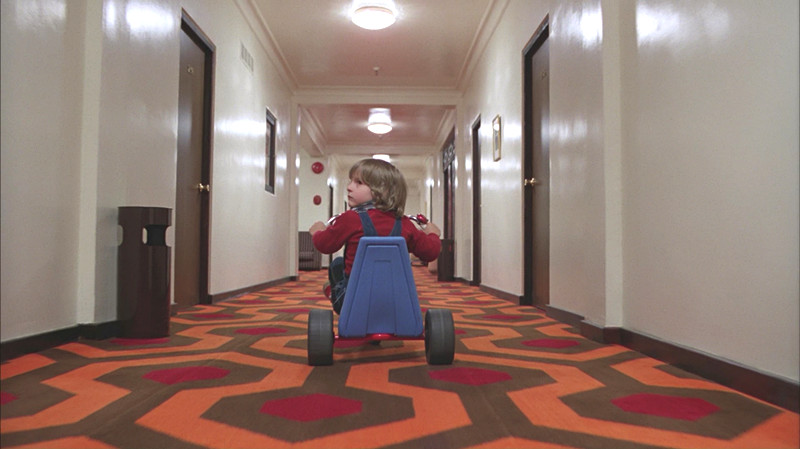
Stanley Kubrick’s go for baroque classic is an interesting genre exercise from a director who was never terribly big on the genre. Straying significantly from Stephen King’s very personal (and arguably far superior) 1977 novel, Kubrick’s The Shining is perhaps best remembered for Jack Nicholson’s odd, overplayed, and embellished performance as Jack Torrance, winter caretaker of Colorado’s isolated and eerie Overlook Hotel. Here he settles in for the season with his wife, Wendy (an off the wall Shelley Duvall) and their creepy psychic son, Danny (Danny Lloyd).
While it’s near impossible to connect with the characters, the real reason to savor The Shining stems from spectacular aerial shots, elegant steadicam sequences, brilliant uses of color, recurrent imagery of labyrinths, mirrors, impending doom and the use of Krzysztof Penderecki’s chilling AF string arrangements that gracefully adorn the soundtrack.
Deeply silly but strikingly dark, disturbing, and claustrophobic, The Shining is a strange symphony of scares.
3. Kwaidan (1964)
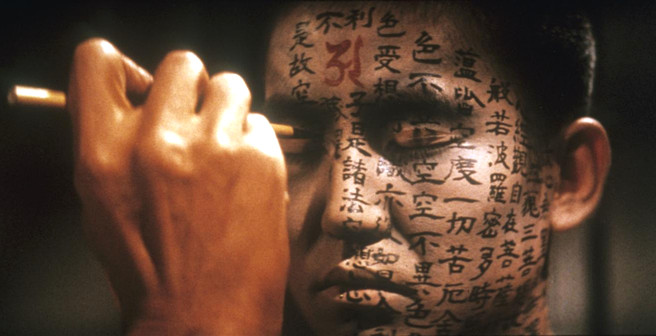
This artful anthology of Japanese ghost stories is told in four-part by Masaki Kobayashi––”Kwaidan” directly translates as “ghost story”––and are largely based on the folk tales of Lafcadio Hearn.
Roger Ebert referred to the film as “an assembly of ghost stories that is among the most beautiful films I’ve seen,” and it’s haunting hues are impossible to forget.
Shot on enormous studio sets with striking theatricality, Kwaidan is an enduring and opulent classic, symphonic in its splashes of color and bold sound design, this is a graceful and intricate film of rare subtlety and skill.
One tale features a penniless samurai (Rentarô Mikuni) who marries for money with tragic results where another tells of a blind ballad singer, Hoichi (Katsuo Nakamura), who is forced to perform for an audience of ghosts. Visceral, visually stunning, and precisely pictorial, Kwaidan is one of the most gorgeous and engrossing psychological films ever made.
2. The Cabinet of Dr. Caligari (1920)
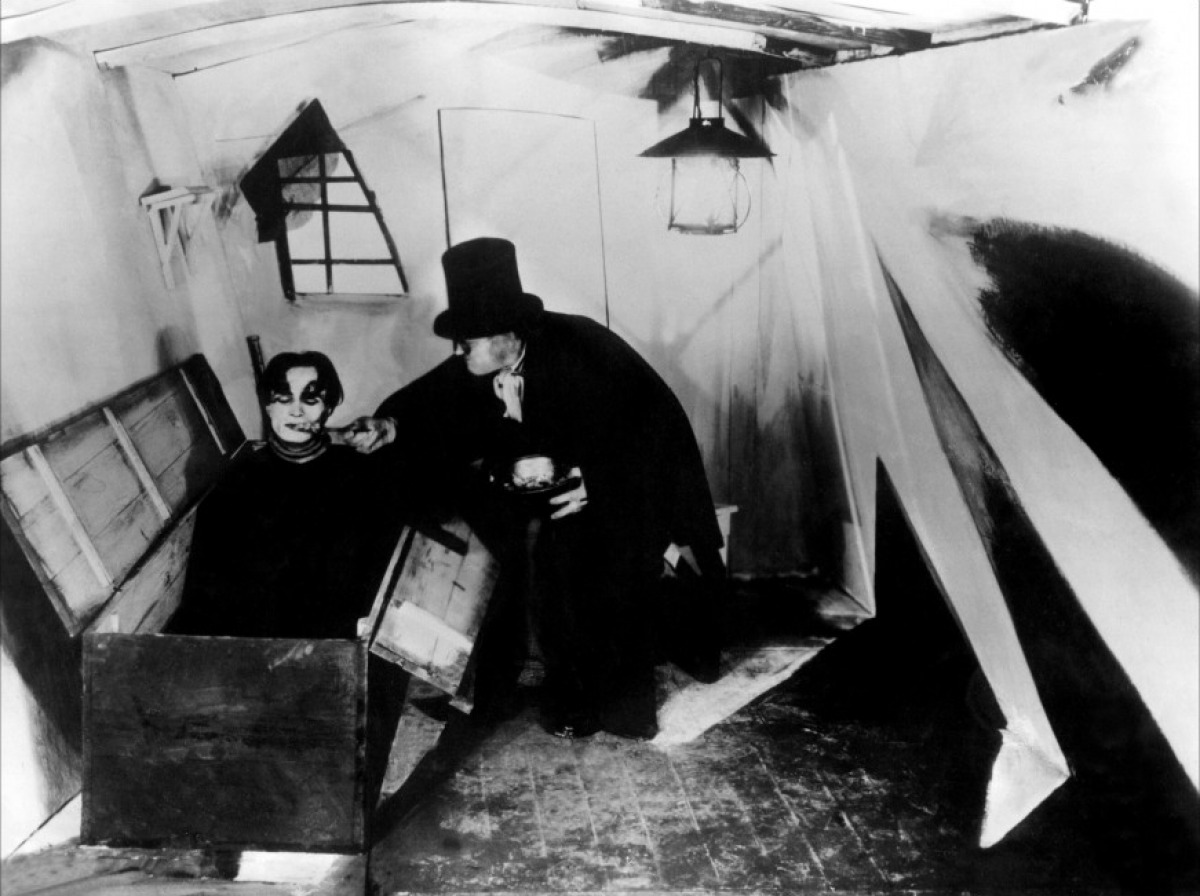
German cinema in the 1920s was strongly bonded with the Expressionist art movement and focussed greatly on the fantastic and the bizarre, and perhaps no other film exemplified this as Robert Wiene’s stirring, strange, and radically stylized innovation, The Cabinet of Dr. Caligari.
One of the first films in history to be considered a work of art, this revolutionary silent horror masterwork tells the story of the crazed hypnotist Dr. Caligari (Werner Krauss) and his hypnotized lackey, the somnambulist Cesare (Conrad Veidt), regularly used to murder those Caligari deems unfit for life.
Part of Wiene’s strange cinematic technique includes curious narrative leaps such as flashbacks-within-flashbacks, an often imitated twist ending, abrupt close-ups that incite shock, and half-baked yet highly effective distorted sets that express unease and insecurity.
A vanguard to what would later be dubbed arthouse cinema, Roger Ebert also proclaimed The Cabinet of Dr. Caligari to be “the first true horror film”, and now, nearly a century old, it’s still an effective shocker with an earned legendary legacy.
1. Suspiria (1977)

An unforgettable and immersive experience like no other, Italian auteur Dario Argento’s Suspiria is spine-tingling sensory cinema in overdrive. This nightmare fairytale is a delirious masterpiece from it’s shocking first frames––involving an extreme and impudent double homicide aversion––to its nerve-shattering unforeseeable finish.
Unfolding in the ideal Gothic setting, a menacing European ballet institute called the Tanz Dance Academy––actually a front for a coven of murderous witches––this is Argento’s most shocking showpiece.
Jessica Harper (Phantom of the Paradise) is perfectly cast as Suzy Bannion, the new American student at the institute who straight away picks up on the bad vibes and hostile gestures going around campus.
Primitive colors, cinematically charged sequences of OTT majesty, appallingly violent deaths delivered with the baroque virtue of a music videos dressed in giallo regalia, strange supernatural elements, and Hitchcockian affection. As solid deposition of auteur theory––Argento is the Sergio Leone of horror cinema––Suspiria is a hypnotic and self-reflexive powerplay of atmospheric terror.
The influential and overpowering soundtrack by Goblin is an absolute devilish delight, and when combined with the visual style on shrewd, manipulative and monstrous display there really is no other fright film as dazzling, destructive, and ravishingly refined as Suspiria. This is the apex of artistic horror and nothing can contest it.
Author Bio: Shane Scott-Travis is a film critic, screenwriter, comic book author/illustrator and cineaste. Currently residing in Vancouver, Canada, Shane can often be found at the cinema, the dog park, or off in a corner someplace, paraphrasing Groucho Marx. Follow Shane on Twitter @ShaneScottravis.